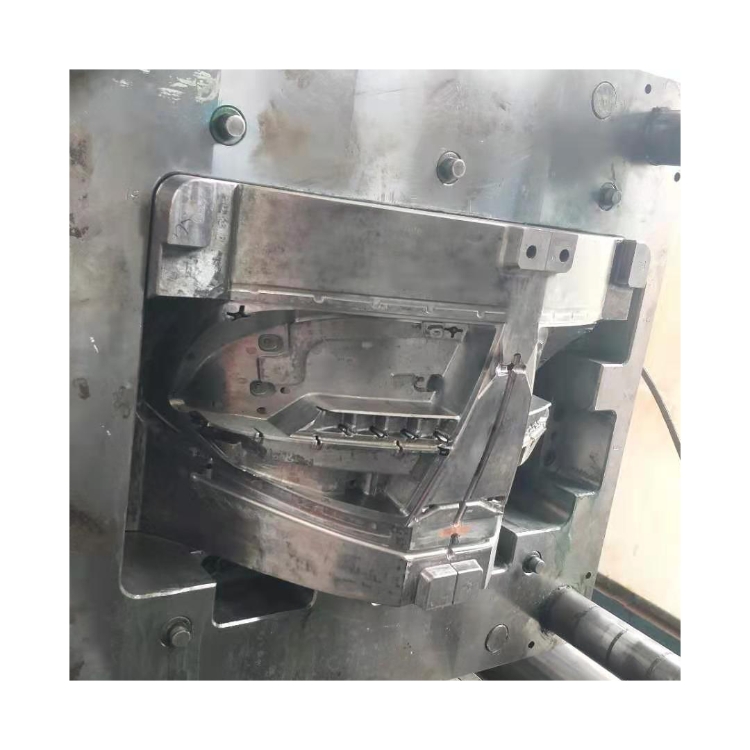China Designing an Injection Chair Mould: A Comprehensive Guide
Introduction:
Injection molding is a widely used manufacturing process for producing plastic products. The process involves injecting molten plastic material into a mold cavity, which then cools and solidifies into the desired shape. Designing a mold for injection molding requires careful planning and consideration of various factors. This comprehensive guide will provide step-by-step instructions on designing an injection chair mold.

Step 1: Conceptualize the Design
The first step in designing an injection chair mold is to conceptualize the design of the chair itself. Consider the intended use, aesthetics, and functionality of the chair. Sketch out the basic shape and dimensions of the chair, and make any necessary adjustments to ensure it can be manufactured using injection molding techniques.
Step 2: Mold Layout Design
Once the chair design is finalized, the next step is to create a mold layout design. This involves determining the number of cavities needed in the mold, as well as their placement and orientation. Factors to consider include the size of the chair, material flow, and parting line location. Use computer-aided design (CAD) software to create a 3D model of the mold layout.
Step 3: Gate Design
The gate is the entry point for the molten plastic material into the mold cavity. The gate design plays a crucial role in achieving proper filling and avoiding defects such as air traps or flow marks. Consider factors such as gate size, location, and type (e.g., edge gate, pin gate, or submarine gate). Simulations can be performed to optimize gate design and ensure efficient filling of the mold.
Step 4: Cooling System Design
Efficient cooling is essential for achieving shorter cycle times and consistent part quality. Design the cooling system to ensure uniform cooling throughout the mold. Consider factors such as coolant flow rate, placement of cooling channels, and the use of baffles or bubblers to enhance cooling efficiency. Utilize thermal analysis software to optimize the cooling system design.
Step 5: Ejection System Design
The ejection system is responsible for removing the molded parts from the mold cavity. Designing an effective ejection system is crucial to avoid part damage or deformation. Consider factors such as ejection pin placement, type of ejection (e.g., stripper plate or ejector pins), and ejection sequence. Ensure proper draft angles on the chair design to facilitate easy ejection.
Step 6: Mold Material Selection
Selecting the appropriate mold material is essential for achieving a high-quality mold that can withstand the injection molding process. Factors to consider include mold temperature, part complexity, and expected production volume. Common mold materials include steel alloys, aluminum alloys, and beryllium copper alloys. Consult with material suppliers or mold manufacturers for guidance on material selection.

Step 7: Mold Base Design
The mold base provides the foundation for the mold components and ensures proper alignment and stability. Design the mold base to accommodate the mold layout, cooling system, and ejection system. Consider factors such as size, material, and the inclusion of features such as guide pins, bushings, and locating rings. Utilize standard mold base components to reduce costs and manufacturing time.
Conclusion:
Designing an injection chair mold requires careful consideration of various factors, from the initial conceptualization of the chair design to the selection of mold materials and components. Following the step-by-step guide outlined above will help ensure the successful design and manufacture of an injection chair mold. Proper design and optimization will result in efficient production, consistent part quality, and overall cost-effectiveness in the injection molding process.
Vorherige:Introduction to the Insert Mold: A Comprehensive Guide
Nächste: Home Appliance Molding Parts: Enhancing Functionality and Aesthetics
-
Plastic chair molds: the secret weapon for creating comfortable seats
2024-3-12
In today's era of quality of life, seat comfort has become an important consideration when people choose furniture. Behi...
Einzelheiten anzeigen -
Analysis of the manufacturing process and quality control points of high-precision automotive molds
2024-12-18
The manufacturing process of high-precision automotive molds is complex and delicate, and the quality control points are...
Einzelheiten anzeigen -
Uncovering the Health Hazards of Medical Mold
2023-7-27
Medical mold, a common and often overlooked issue in healthcare settings, poses significant health hazards to both patie...
Einzelheiten anzeigen -
Erstellen einer benutzerdefinierten Kunststoffspritzgussform
2023-4-25
Introduction: Plastic injection molding is a widely-used manufacturing process that involves the creation of custom plas...
Einzelheiten anzeigen -
Creating Complex Plastic Molds for Large Scale Production
2023-8-18
Introduction In today's manufacturing industry, the demand for high-quality plastic products is ever-increasing. To meet...
Einzelheiten anzeigen -
Injection Mold Costs: Understanding the Factors and Calculating Expenses
2023-7-5
Injection molding is a widely used manufacturing process for producing plastic parts in large quantities. It offers nume...
Einzelheiten anzeigen







